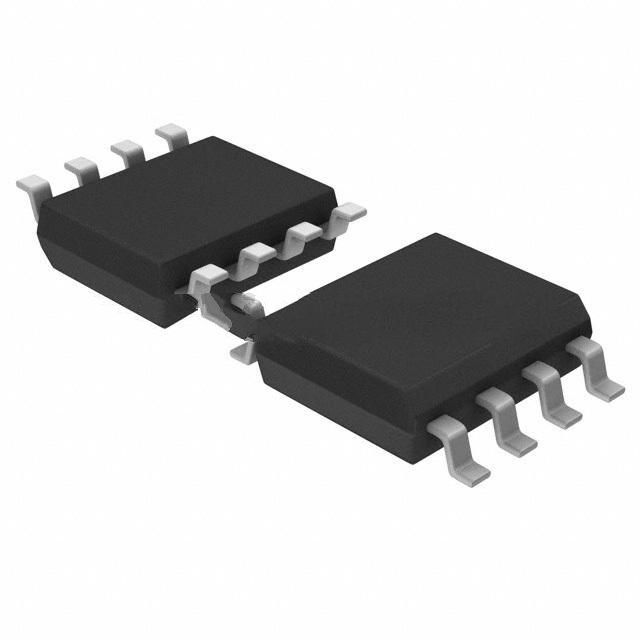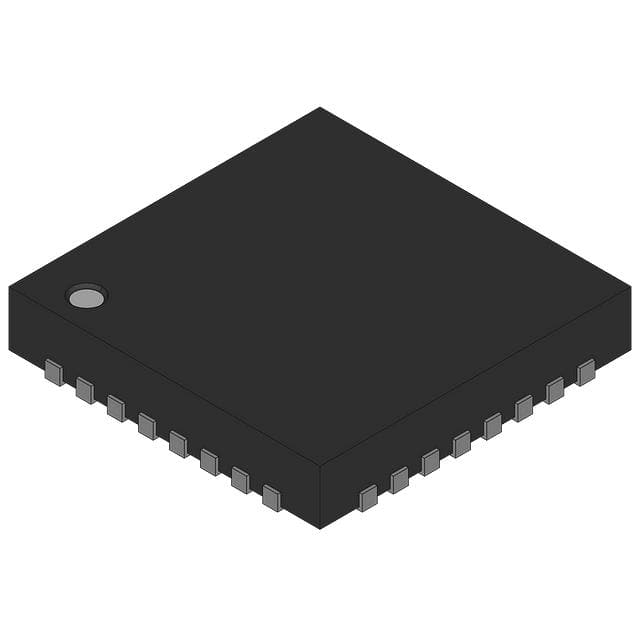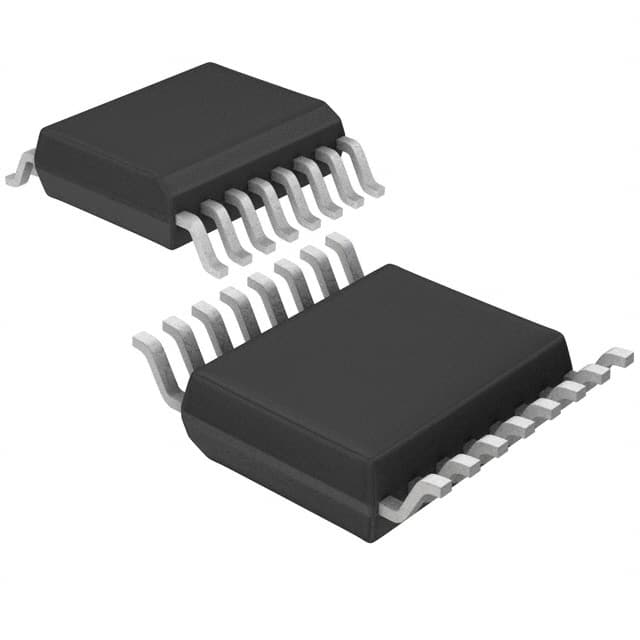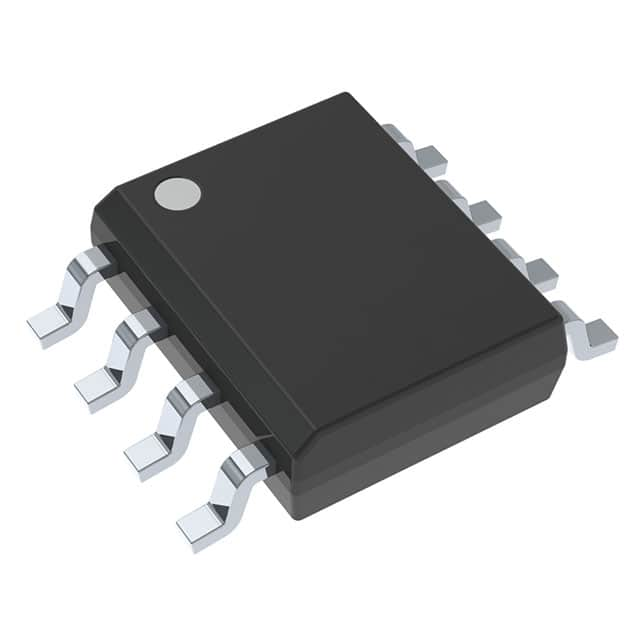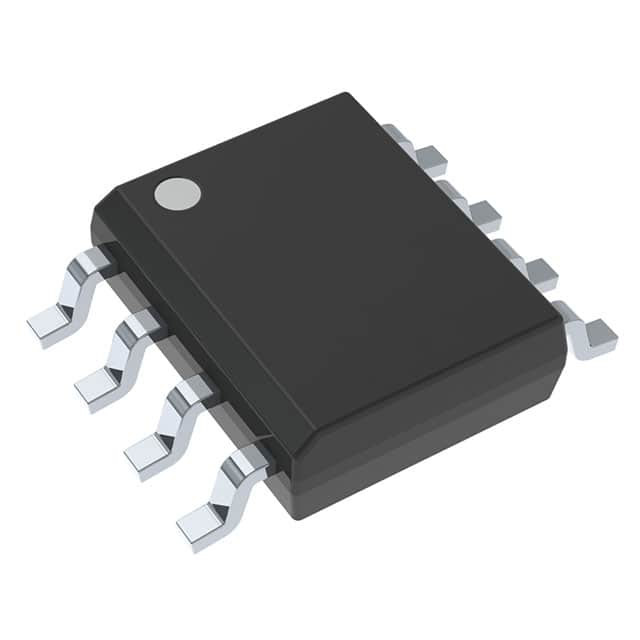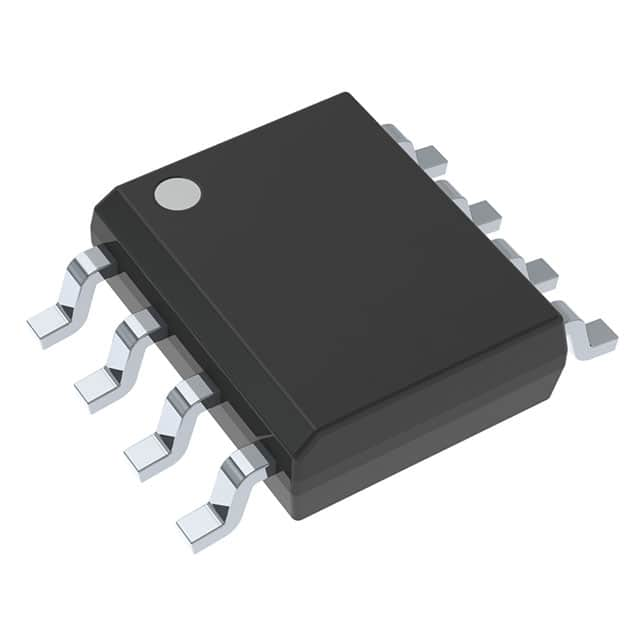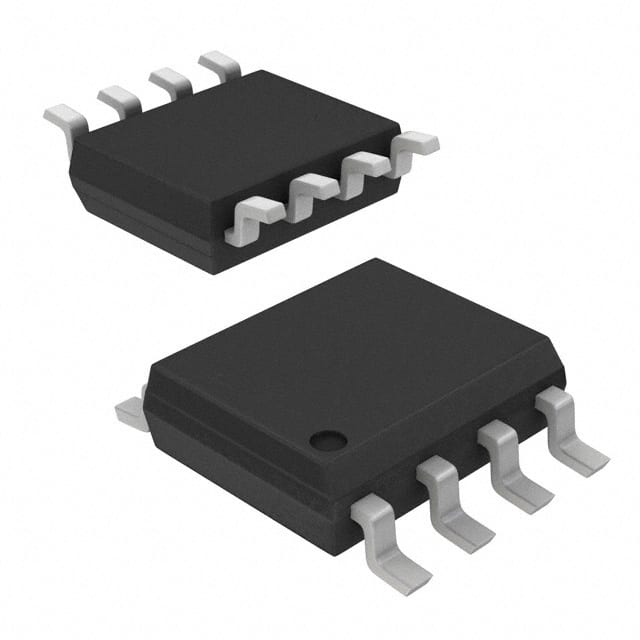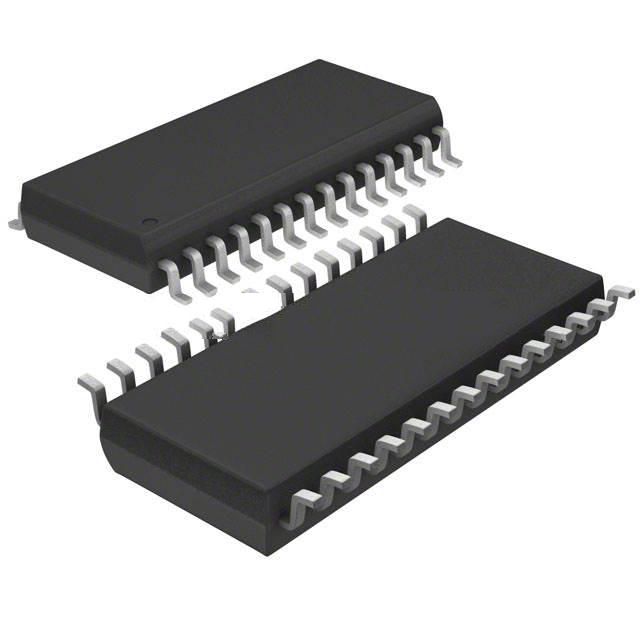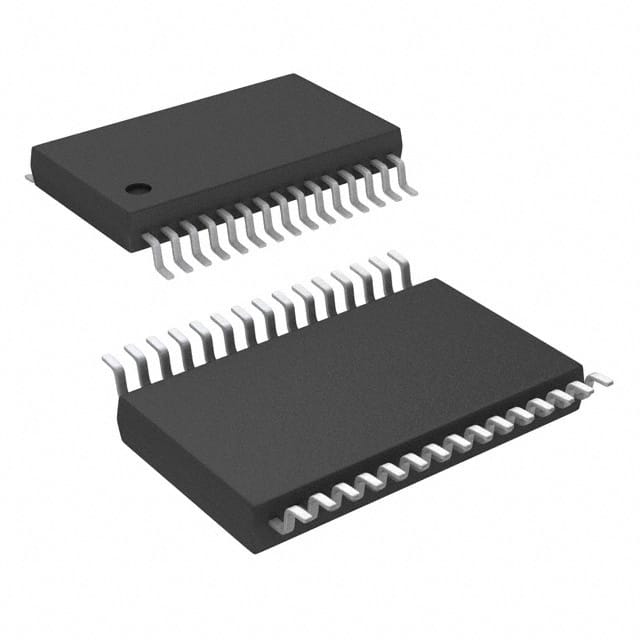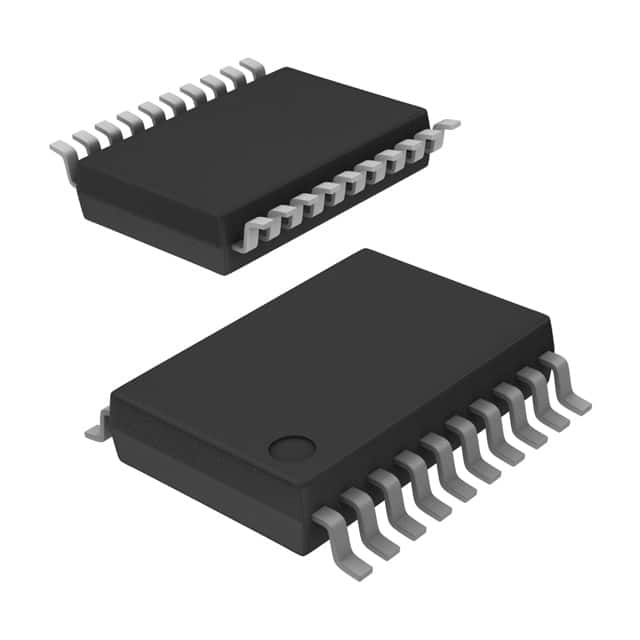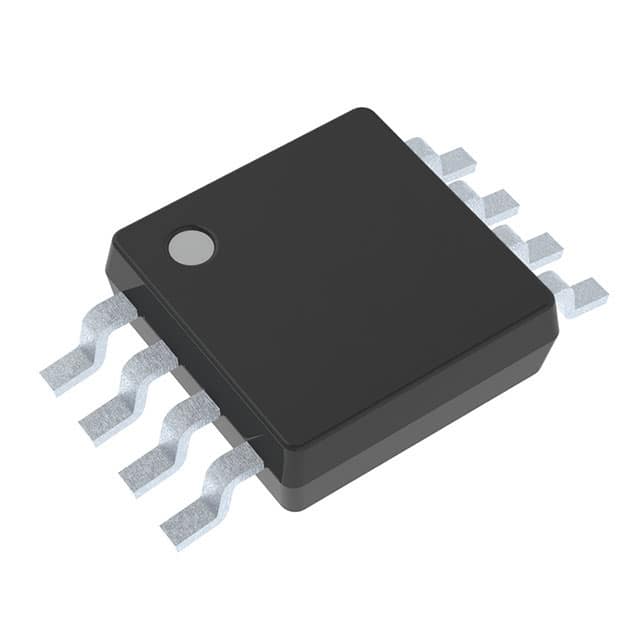ADS1286UBG4 Product Introduction:
Texas Instruments Part Number ADS1286UBG4(Data Acquisition - Analog to Digital Converters (ADC)), developed and manufactured by Texas Instruments, distributed globally by Jinftry. We distribute various electronic components from world-renowned brands and provide one-stop services, making us a trusted global electronic component distributor.
ADS1286UBG4 is one of the part numbers distributed by Jinftry, and you can learn about its specifications/configurations, package/case, Datasheet, and other information here. Electronic components are affected by supply and demand, and prices fluctuate frequently. If you have a demand, please do not hesitate to send us an RFQ or email us immediately sales@jinftry.com Please inquire about the real-time unit price, Data Code, Lead time, payment terms, and any other information you would like to know. We will do our best to provide you with a quotation and reply as soon as possible.
Introducing the Texas Instruments ADS1286UBG4, a high-performance, 12-bit analog-to-digital converter (ADC) designed to meet the demanding requirements of industrial applications. With its exceptional accuracy and versatility, this ADC is the perfect solution for a wide range of applications.
The ADS1286UBG4 features a sampling rate of up to 1.25 MSPS, ensuring precise and reliable data acquisition. Its 12-bit resolution provides excellent signal-to-noise ratio, allowing for accurate measurements even in noisy environments. The device also offers a wide input voltage range of ±10V, making it suitable for a variety of input signals.
This ADC is equipped with a flexible input multiplexer, allowing for the simultaneous measurement of multiple channels. It also includes a programmable gain amplifier (PGA) that enables the amplification of small signals, further enhancing the accuracy of measurements.
The ADS1286UBG4 is designed to operate in harsh industrial environments, with a wide temperature range of -40°C to +125°C and robust ESD protection. It is also compatible with a variety of communication interfaces, including SPI and I2C, making it easy to integrate into existing systems.
With its exceptional performance and versatility, the Texas Instruments ADS1286UBG4 is ideal for a wide range of applications, including industrial automation, process control, data acquisition systems, and medical instrumentation. Trust in the reliability and accuracy of Texas Instruments to meet your ADC needs.
Analog to digital Converters (ADCs) are electronic devices used to convert continuously varying Analog signals into discrete Digital signals. This process usually includes three steps: sampling, quantization and coding. Sampling means capturing the instantaneous value of an analog signal at a fixed frequency; Quantization approximates these transient values to the nearest discrete level; Finally, the encoding converts the quantized value into binary numeric form.
Application
ADCs(Analog-to-digital Converters) is widely used in a variety of scenarios, such as audio and video recording, measuring instruments, wireless communications, medical devices, and automotive electronics. For example, in audio devices, the ADC is responsible for converting the sound signal captured by the microphone into a digital format for easy storage and transmission.
FAQ about Data Acquisition - Analog to Digital Converters (ADC)
-
1. What is analog data acquisition?
Analog data acquisition refers to the process of converting continuously changing signals of physical quantities into digital signals so that computers can process and record these signals. This process involves the use of an analog quantity collector, which is a hardware device that can convert analog signals of physical quantities into digital signals and then transmit them to a computer for processing and recording.
-
2.
How many types of ADC are there?
The types of ADC (Analog-to-Digital Converter) mainly include:
1. Integral ADC: Its working principle is to convert the input voltage into time (pulse width signal) or frequency (pulse frequency), and then obtain the digital value by the timer/counter. The advantage of the integral ADC is that it can obtain high resolution with a simple circuit and has strong anti-interference ability, but the disadvantage is that the conversion rate is extremely low because the conversion accuracy depends on the integration time.
2. Successive approximation type (SAR ADC): The successive approximation ADC is one of the most common architectures. Its basic principle is to convert by gradually approximating the value of the analog input signal. The advantages of the successive approximation ADC are high speed and low power consumption. It is cheap at low resolution, but expensive at high precision.
3. Parallel comparison type/serial-parallel comparison type ADC: The parallel comparison type AD uses m
-
3. What process converts analog to digital?
There are three basic processes for analog to digital conversion:
The first process is "sampling", which is to extract the sample value of the analog signal at equal intervals to turn the continuous signal into a discrete signal.
The second process is called "quantization", which is to convert the extracted sample value into the closest digital value to represent the size of the extracted sample value.
The third process is "encoding", which is to represent the quantized value with a set of binary digits. After these three processes, the digitization of the analog signal can be completed. This method is called "pulse encoding".
After the digital signal is transmitted to the receiving end, a restoration process is required, that is, the received digital signal is converted back to an analog signal so that it can be understood by the receiver. This process is called "digital-to-analog conversion", which reproduces it as sound or image.
 Lead free / RoHS Compliant
Lead free / RoHS Compliant



